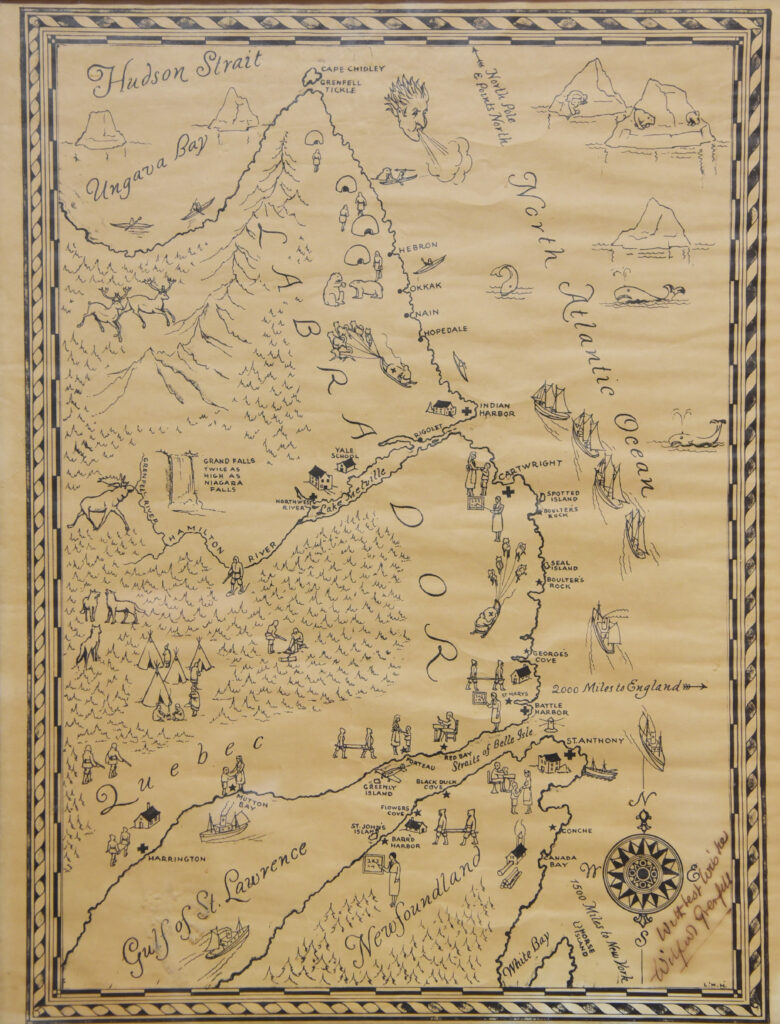Rae David George Guy and Goliath
February 2022
Somewhere early on I decided that the only course was, perhaps, to giggle the bastards to death. That too, I soon found, was slow and steady work, like the tomcat eating the grindstone …
—Ray Guy, 2008
About the only weapon available was what has been euphemistically called “humor” which is to say scurrility, innuendo, rumor-mongering, character-assassination and, generally, jolly old spit-disturbing.
—Ray Guy, 2008
A lone ranger by nature and by choice, Ray Guy often rode in the same direction as other Smallwood detractors, sometimes ahead of them, sometimes behind. But he was never with them, and he was never of them.
It is not possible to quantify Guy’s role in destabilizing Smallwood. But few of the forces arrayed against the premier in the late 1960s were as present and pervasive as Guy’s pen.
Even before the 1966 Liberal triumph, Guy had his everyday bully pulpit on page 3 of theEvening Telegram. From there, he could express his mounting contempt for Smallwood, connecting with tens of thousands of readers. Guy also possessed weapons that most Smallwood antagonists or Smallwood supporters lacked or rarely used – wit and humour.
Guy’s daily Telegram column was launched in January 1965 when the House of Assembly opened for its winter-spring session. It was headed Ray Guy – In the House, and, as a daily column, it was initially meant to be confined to House sittings. Once started, however, it ran almost uninterrupted for a decade, with Guy’s occasionally mild digs at Smallwood gradually gusting to ridicule, on a path to total contempt.
The Telegram’s editorial and executive chieftain, Steve Herder, never doubted the value of Guy’s work. The other Herders, Steve’s cousin Hubert, vice-president, and his uncle Jim, publisher, while officially neutral, were by disposition anti-Smallwood, as were most St John’s business elders. More importantly, they generally were on side with the escalating political content of Guy’s daily columns and his mounting antipathy to the premier.
Following Confederation in 1949, Smallwood declared he had established “Her Majesty’s Outport Government.” By the late 1960s, Guy had become the outport people’s tribune, an entertaining but serious columnist writing in a homegrown vein of humour, spiked with exaggeration and mockery.
Guy’s columns were read hungrily by politicians, business barons, and public servants. Political junkies also got their fix. Edward Roberts, Smallwood’s closest political confidant, recalled that as soon as the Evening Telegram came off the presses each day, he and other politicians would spend their lunch hours devouring Guy’s column. Guy, Roberts said, “became an effective opposition.”
Young and old alike read Guy. Urban Newfoundlanders with outport roots could zone into Guy’s childhood reminiscences. The younger crowd, with grievances of their own, enjoyed the daily treat of seeing their fresh ideas fully baked and brilliantly expressed in the newspaper.
John C Crosbie was another prominent Guy reader. Then in his 30s, Crosbie had entered politics as deputy mayor of St John’s before being recruited by Smallwood as the unelected Minister of Municipal Affairs just prior to the 1966 election.
“I became a devoted reader of Guy’s columns in The Telegram,” Crosbie wrote in an introduction to The Smallwood Years, a collection of Guy’s columns published by Boulder Publications (now Boulder Books) of St John’s in 2008. He continued:
To write as he did during those years Guy had to have great courage, a strong independent streak, and a great gift for satirical writing –holding up to folly and ridicule and lampooning individuals who have great power but come to misuse it and get carried away with it.
Crosbie said he read some 400 pages of Guy’s commentary written during the 1960s and 1970s before writing that introduction: “I remember vividly and can testify that the events and incidents he wrote about in fact occurred.”
By mid-1968, Guy had become the Smallwood-baiter who mattered most. Smallwood’s Achilles heel was his government’s spotty and expensive record of industrial development and his personal obsession with land-based wage jobs of questionable value and often ridiculous cost.
Guy gradually created a picture of Smallwood’s develop-or-perish policy as a mad-hatter carnival, and its champion as more or less demented.
(The above is the first of two excerpts from Ron Crocker’s Ray Guy: Portrait of a Rebel, published by Boulder Books, $24.95)



